October 30, 2025
TRENDS & INSIGHTS
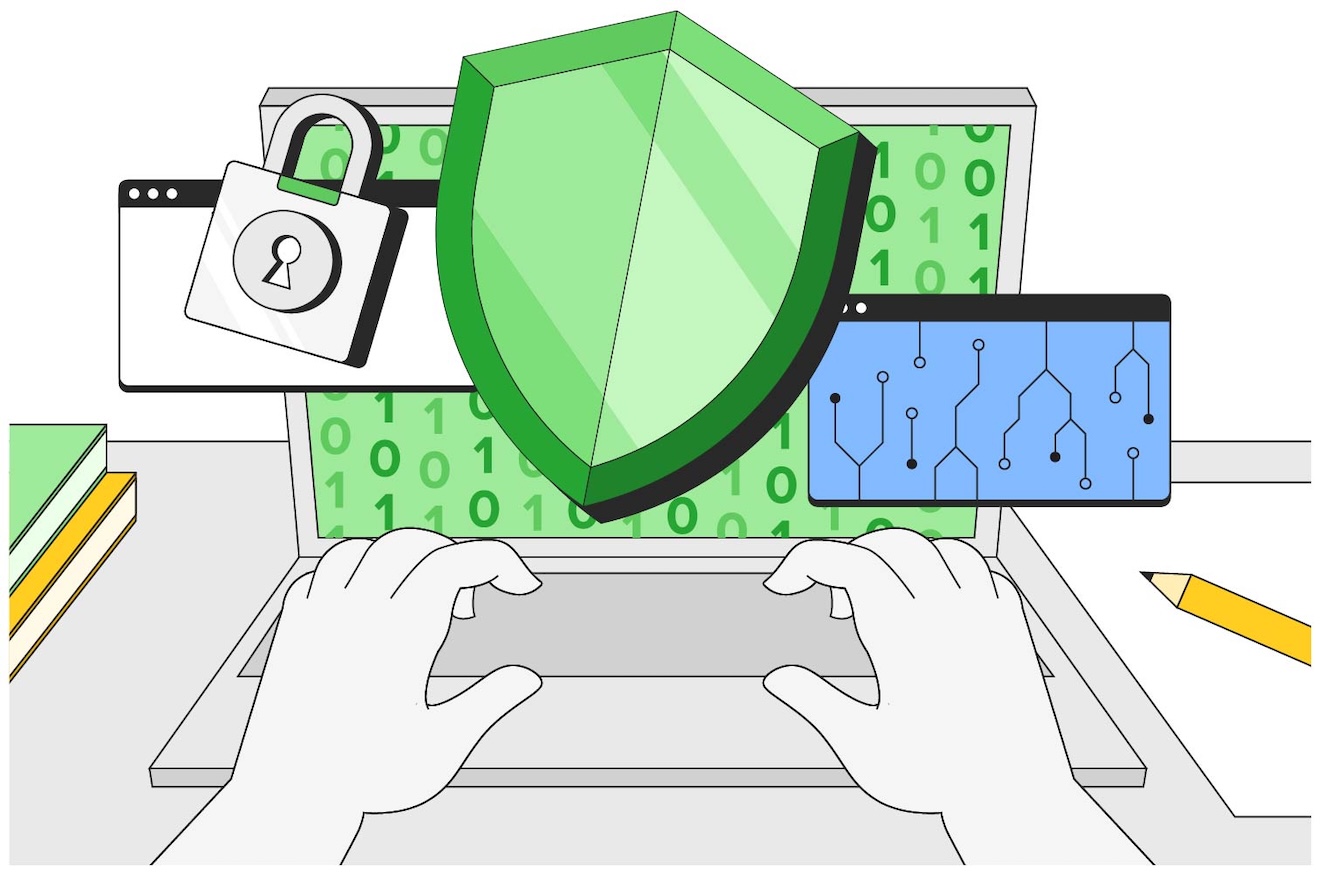
Mike OlsenJune 25, 2025
Preparing Students for the Digital World: Why Privacy in Education Matters
In 2023, Tesla made headlines when employees were found sharing private video footage from customer vehicles without permission. As reported by Reuters, the issue wasn’t a technical glitch, it was that the system allowed this kind of access in the first place. Once the footage existed and was easy to get to, someone misused it. That built-in access became a problem.
This should be a wake-up call for education leaders. Today’s students use learning platforms, online tests, video calls, and AI tools every day. Each click, message, image, or recording they create becomes data that might be stored and shared.
The key question is no longer if this data will be used, but how it will be handled, who can see it, and what the consequences might be. If schools don’t take proactive steps, they risk the same kind of misuse and loss of trust.
Students Often Don’t Realize What They’re Giving Up
Many students assume that if a tool is used by their school, it must be safe. They paste personal work into ChatGPT, leave webcams on during class, or quickly agree to privacy policies they haven’t read. This isn’t carelessness, it’s a lack of information. Students haven’t been clearly told what they might be giving up.
Their words, images, voice, and activity logs are digital assets. These can be used to train AI, build profiles, or be shared with others. If students don’t understand this, they can’t make informed choices. And while it’s entirely reasonable for a student to decide to share their data, that decision should come with full awareness of the potential risks. Too often, it doesn’t.
If we want to prepare students for the digital world, we need to teach them what’s at stake and why it matters.
Schools Can Help Students Understand Digital Privacy
It’s not enough to use tools that claim to protect privacy. Schools need to explain what that means and why it’s important. This can happen during orientation, summer programs, first-year classes, or even through a short video or quiz.
When students use a new tool or agree to monitoring, they should know:
This builds trust and ensures students understand their rights.
Privacy Should Be Built In from the Start
Some tools, like Proctorio, are designed with strong privacy protections: encrypted data, limited collection, and no staff access. Others track everything, video, audio, keystrokes and store it on servers open to many employees or contractors. Some even use this data to train AI, without student consent.
Good design means thinking ahead: collecting only what’s needed, limiting who can see it, deleting it when it’s no longer useful, and being open about these choices.
Schools should pick partners who value privacy from the ground up, not ones focused on gathering as much data as possible.
Patchwork Systems Cause Problems
Some platforms are a mix of outdated software, disconnected services, and awkward workarounds. These systems are often hard to use and lack modern security, privacy, or accessibility features.
They can create real risks: tech failures, false flags on student behavior, or problems for students with limited internet or special needs. The fix is to use tools that are built to work well together and reflect today’s educational and privacy standards.
Ask the Right Questions
Some companies build tools with privacy in mind. Others collect everything first and decide what to do with it later. Schools must ask:
Good partners will answer clearly. If not, that’s a warning sign.
Bottom Line: Privacy Is Part of Education
The Tesla story shows what happens when access is easy, guardrails are weak, and people don’t fully understand the consequences. Education is at the same crossroads. Students today are not just learning with digital tools, they’re being shaped by them. Their data is part of the system, whether they realize it or not.
This is why privacy education isn’t optional. It’s not enough to assume students will figure it out on their own, or that tech companies will always do the right thing. Students should be able to choose whether to share their data, but they need to know what that really means. If we fail to teach this, we’re not just risking misuse, we’re missing a critical part of preparing students for the digital world.
Privacy must be built into the way we teach, the tools we use, and the culture we promote. When schools take this seriously, they do more than protect information, they empower students to navigate the future with confidence and control.
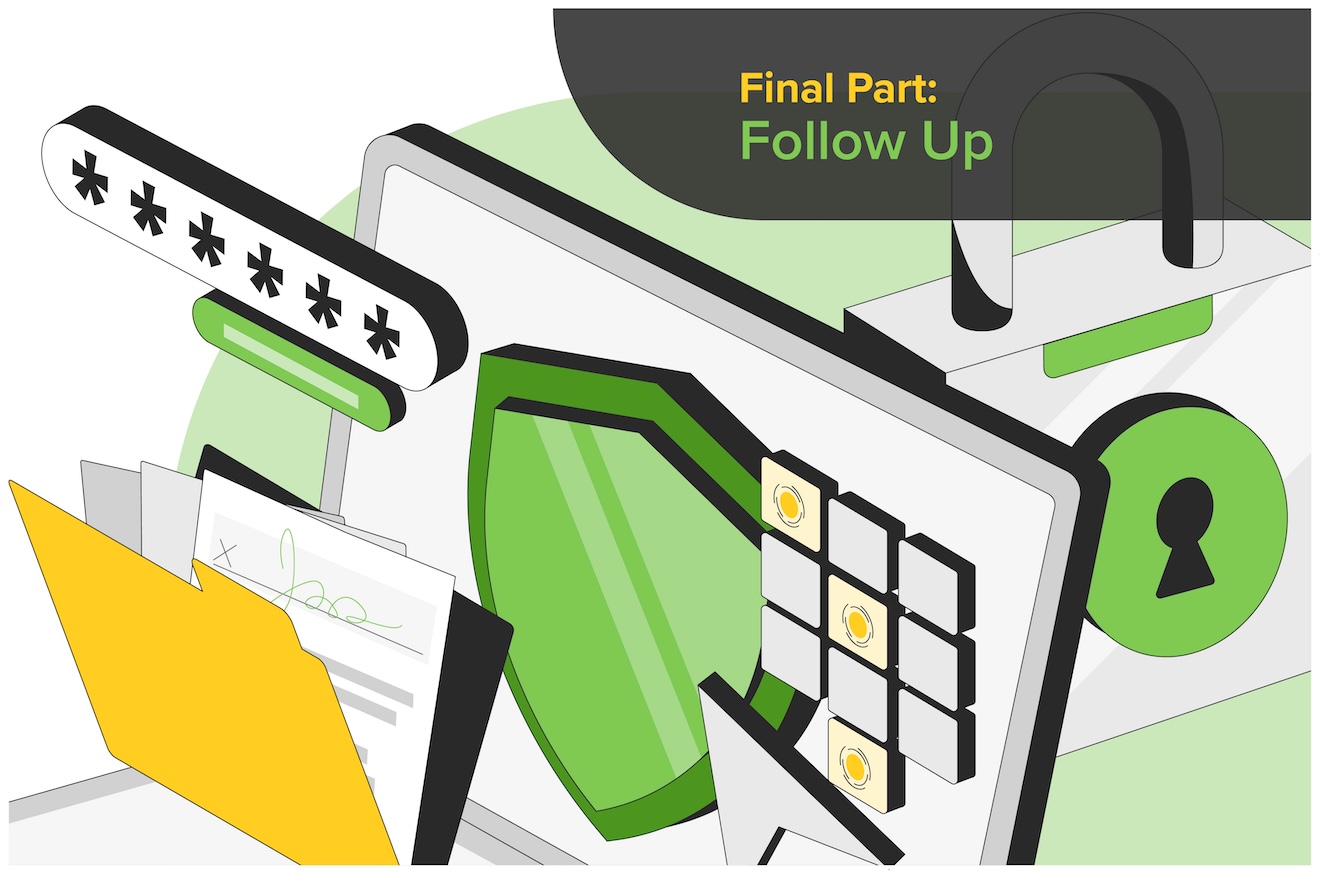
October 30, 2025
TRENDS & INSIGHTS

October 10, 2025
TRENDS & INSIGHTS
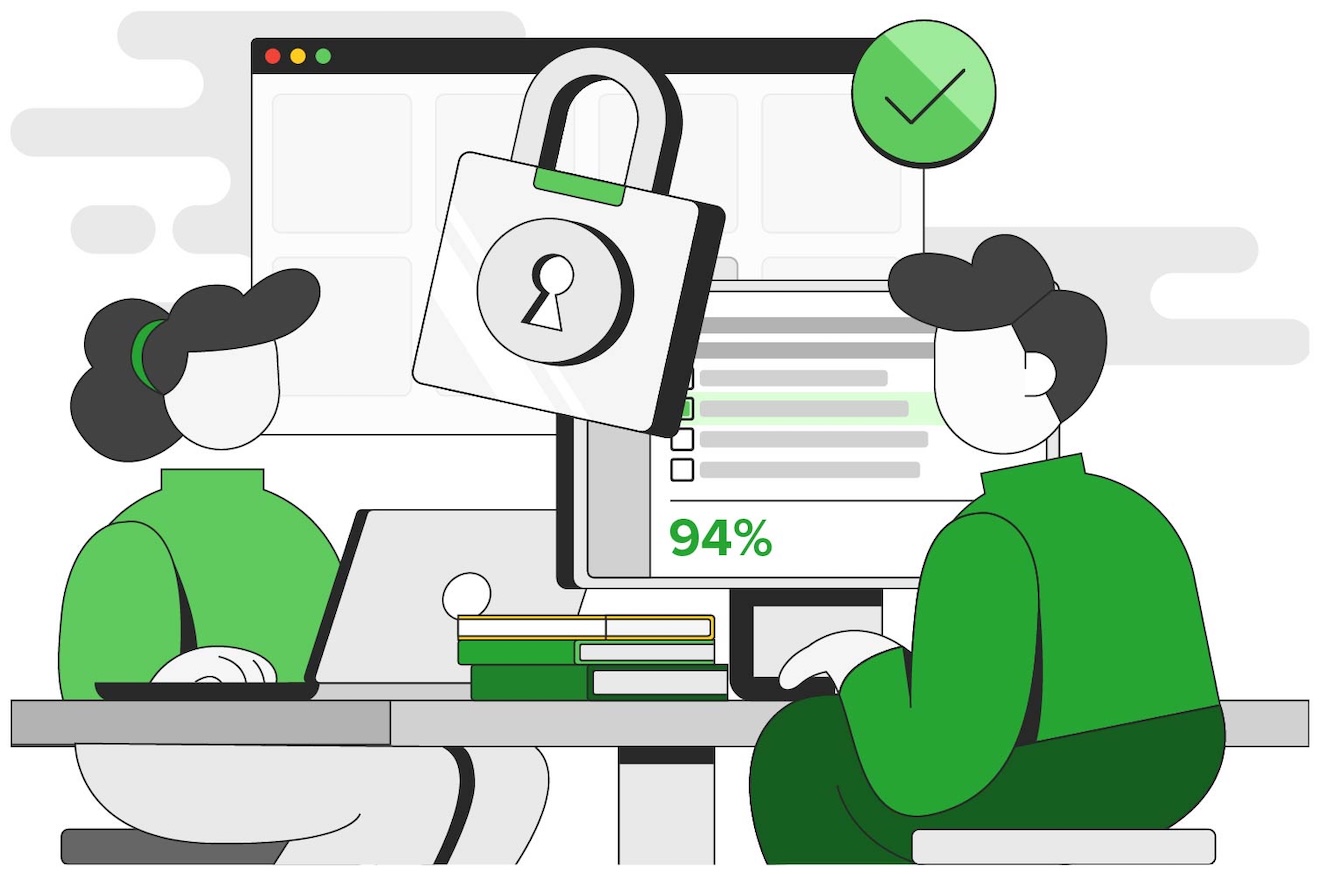
August 15, 2025
TRENDS & INSIGHTS
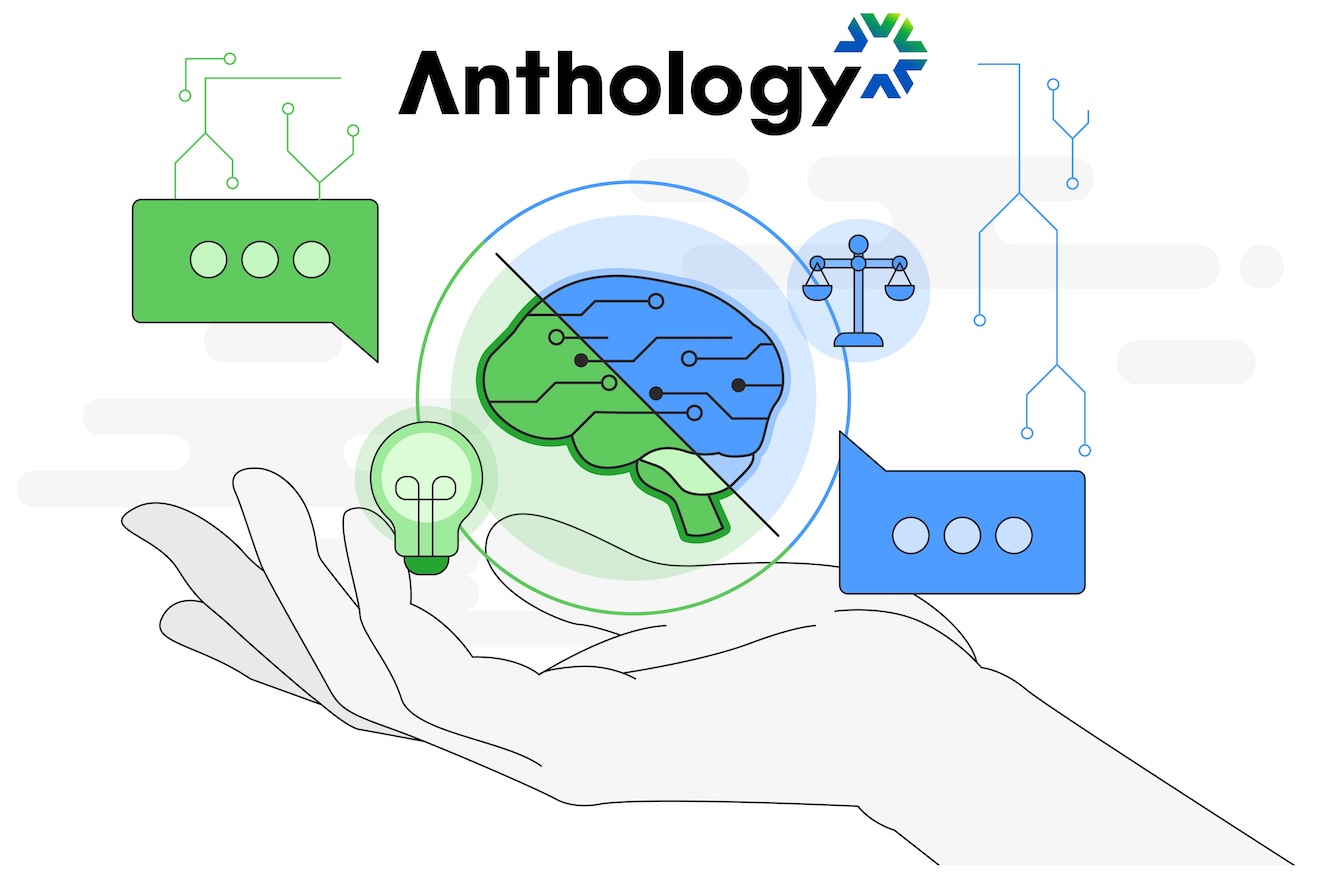
July 28, 2025
TRENDS & INSIGHTS
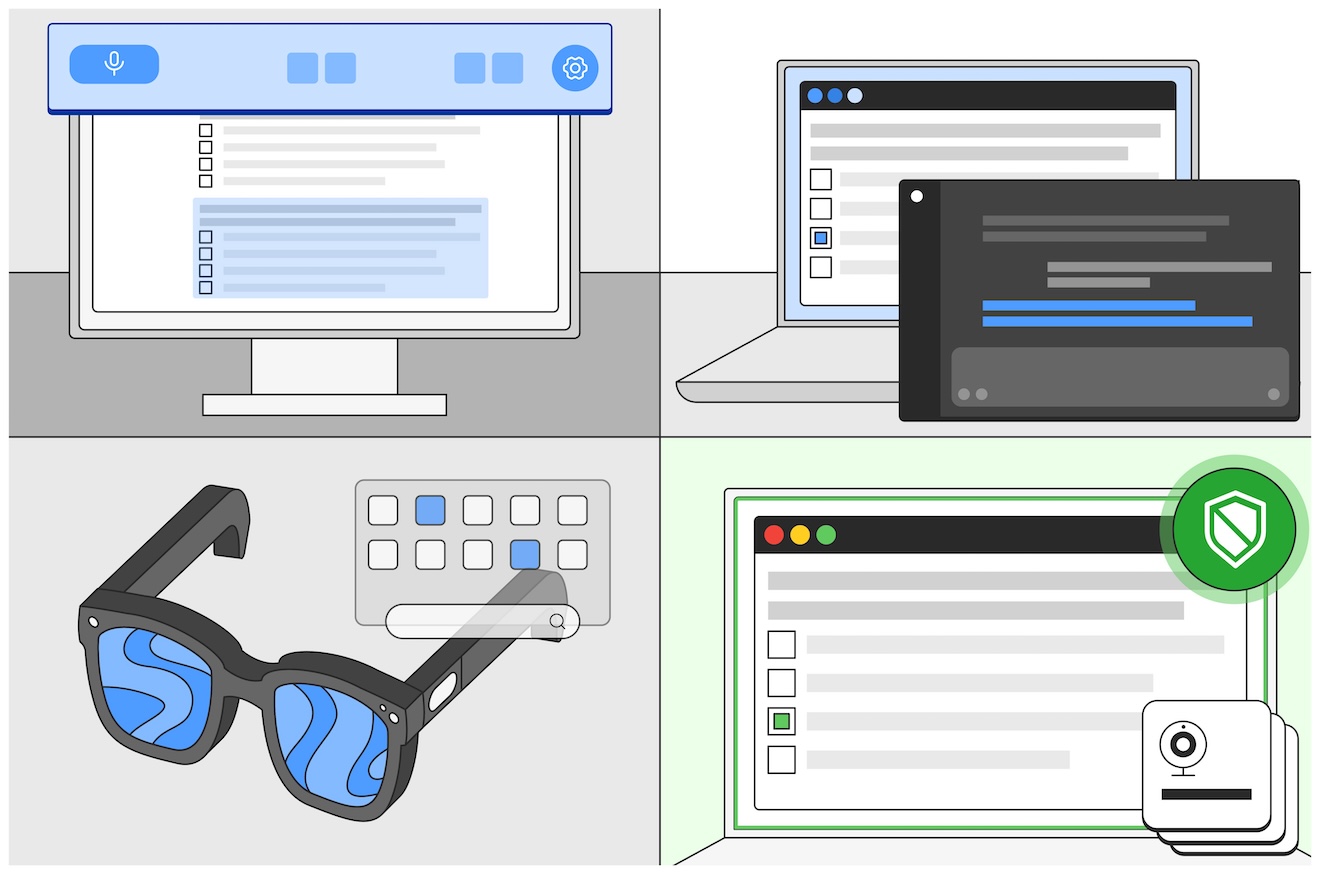
July 14, 2025
TRENDS & INSIGHTS
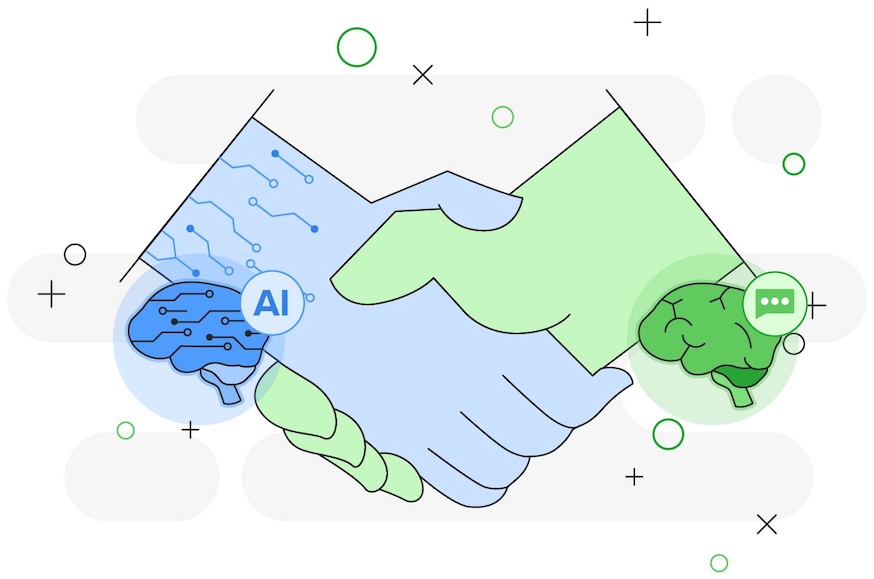
June 20, 2025
TRENDS & INSIGHTS